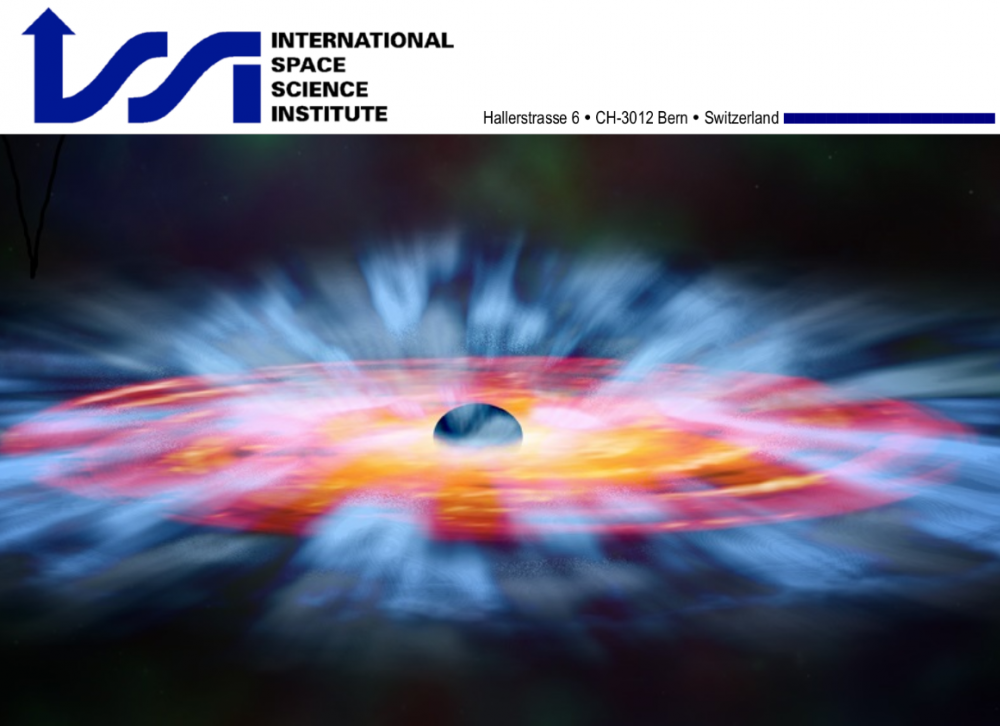Much progress has been made in our understanding of active galactic nuclei (AGN) in the 85 years, since Karl Seyfert noted their distinctive broad emission lines. Mass accretion via a hot rotating disc onto a super-massive black hole, is now the well accepted picture. However, all is not well with important aspects of our understanding. This has been highlighted by the increasing use of the time domain as a new tool to investigate the inner regions of AGN that we cannot spatially resolve. This proposal will focus on a particular aspect of time domain astrophysics, namely the ultra-violet (henceforth, UV). This wavelength region is not accessible from the ground (except for bluest u-band, which we will make use of) due to atmospheric absorption. For low redshift AGN which often have the best quality data, this is the wavelength region dominated by the accretion disc, a key component in our understanding of the physics of AGN. The timescales of AGN UV variability are inconsistent with basic ideas of the source of the observed variations. In particular viscosity changes within the disc occur far too slowly compared with observations. This problem has been called “The Quasar Viscosity Crisis” (Lawrence, 2018). Our project will aim to address the UV variability as a symptom of this crisis, and to propose explanations based on a large body of unexplored observational data, and modelling. Our proposed project will quantify the UV variability on timescales from weeks to decades, for a very large sample of AGN. It will be the first such study to exploit the huge UV data-bases that exists for observations from the ESA cornerstone mission XMM-Newton and the Neils Gehrels Swift Observatory (with Italian and UK involvement). This project will be very timely given the growing importance of Time Domain Astrophysics, and, as an aside the 20th anniversary of the launch of XMM-Newton this coming December! The results will be both statistically significant, as we will set the UV variability in the context of other basic properties of the AGN, and also we will be certain to discover some extreme cases of variability ie. example of a recently identified group of “Changing Look” AGN.
Active Galaxies in Crisis: A Statistical Study of Ultra-Violet Variability
ISSI Team led by Martin Ward (Durham University UK)
